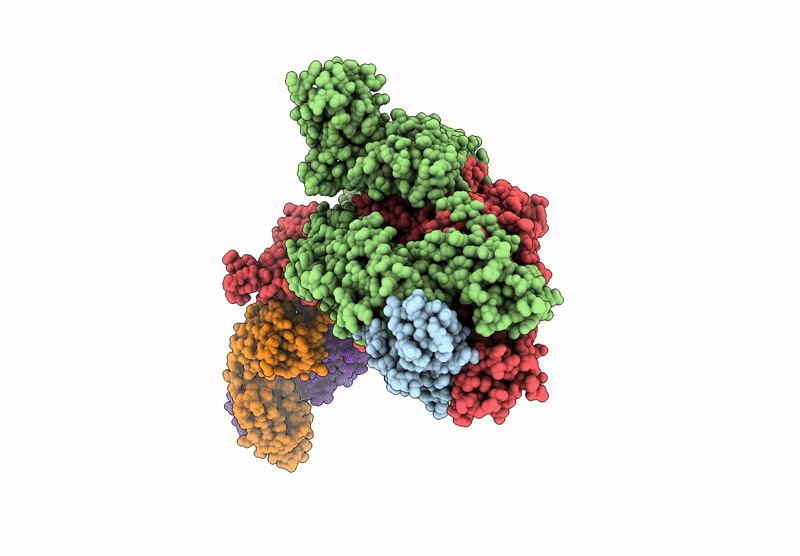
Deposition Date
2021-12-12
Release Date
2023-01-25
Last Version Date
2025-05-21
Entry Detail
Biological Source:
Source Organism:
Severe acute respiratory syndrome-related coronavirus (Taxon ID: 694009)
Homo sapiens (Taxon ID: 9606)
Homo sapiens (Taxon ID: 9606)
Host Organism:
Method Details:
Experimental Method:
Resolution:
3.39 Å
Aggregation State:
PARTICLE
Reconstruction Method:
SINGLE PARTICLE


